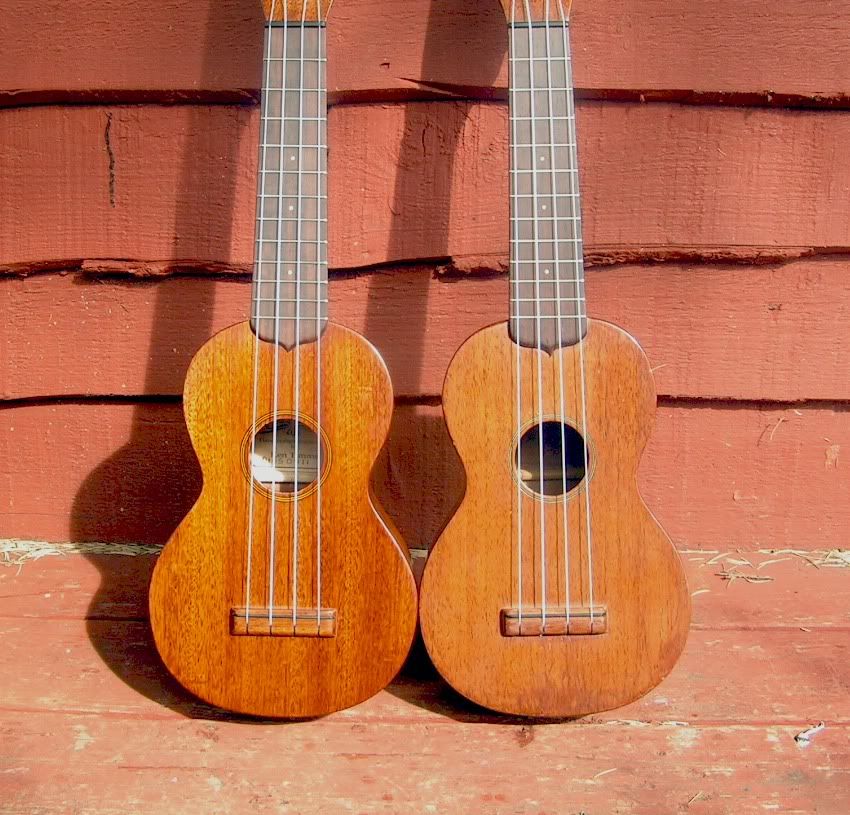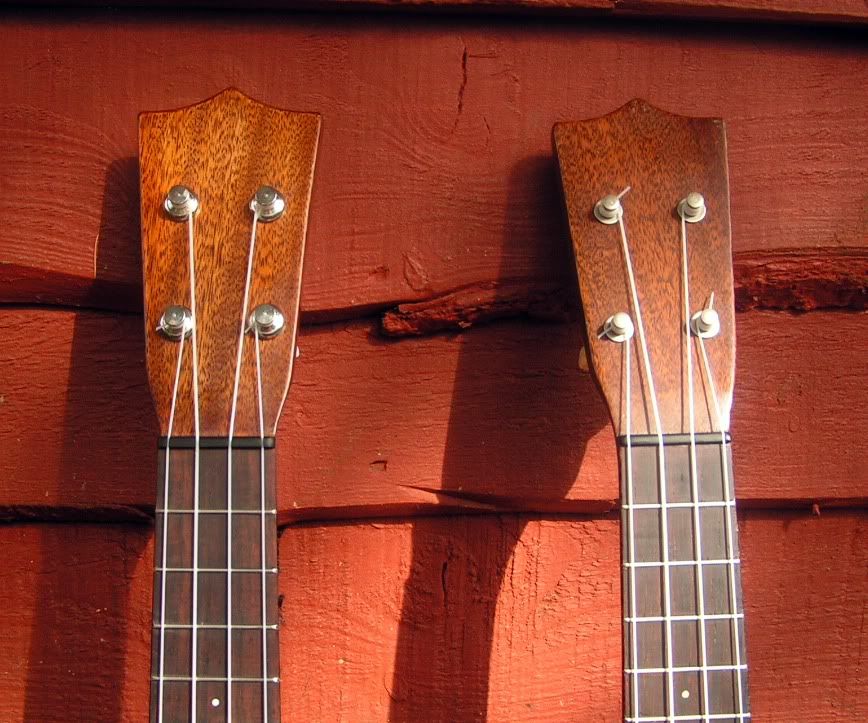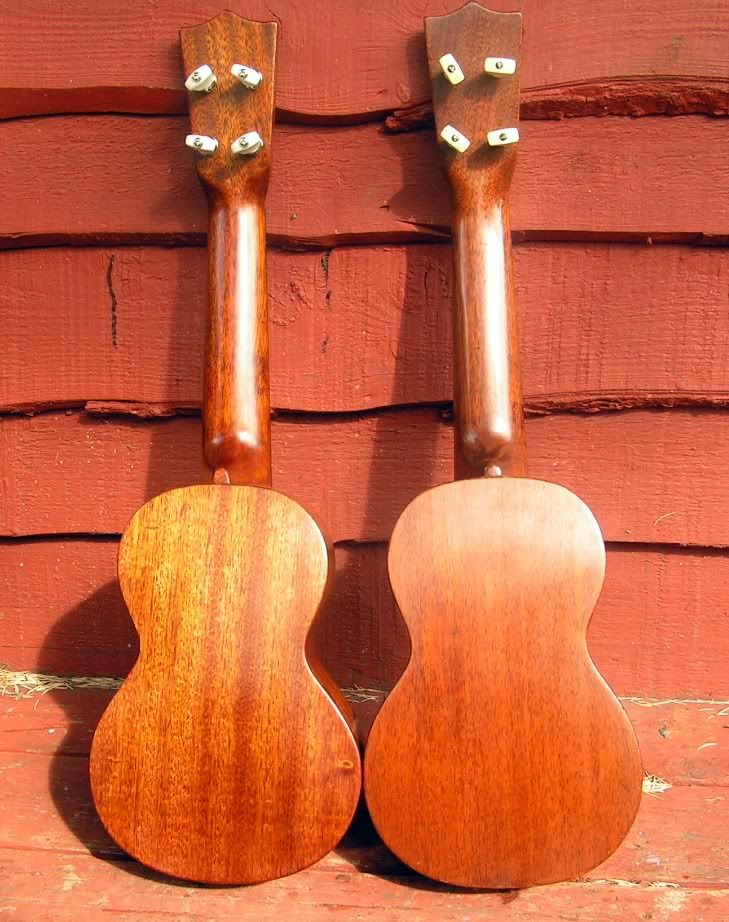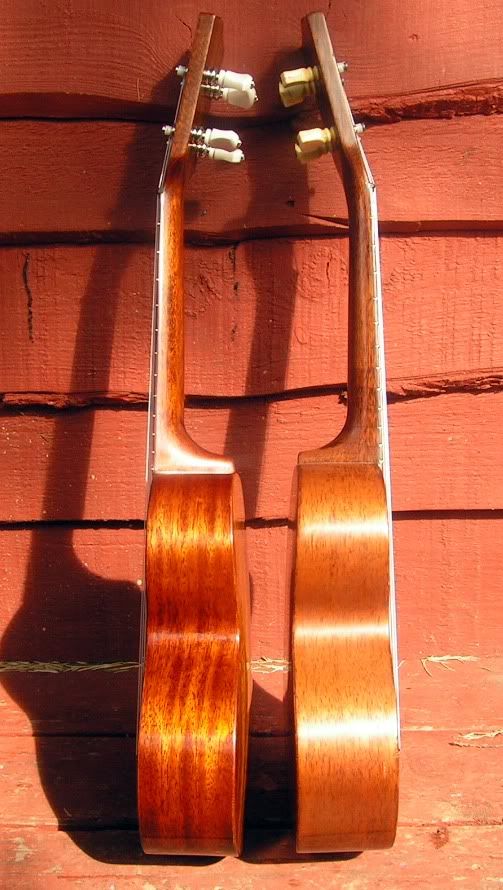I'm in the middle of a reproduction project...18 "influenced by" copies of Buddy Holly's 1943 Gibson J-45, but I took this as an opportunity to both respect what was great about those guitars AND change some things where I think we can do better now than they did 60 years ago. Things like carbon fiber reinforcement in the necks with a double acting double truss rod, a strip of carbon fiber on top of the upper transverse brace, and the use of epoxy to laminate the neck and glue on the fingerboard. However, we did go with hot hide glue for all the body joints, and the tops are Adirondack just like the originals.
I've been heavily informed by decades of doing repair work on vintage instruments. I've seen a lot of what fails, where the weak points are, etc. While I have great respect for the builders of the "Golden Era" of factory lutherie in America, I also think that we can learn to preserve the best of the tonal ideals, yet make instruments that will play better and hold up better over the next 60 to 100 years. One foot in the tradition and the other in the future is how I approach it.








